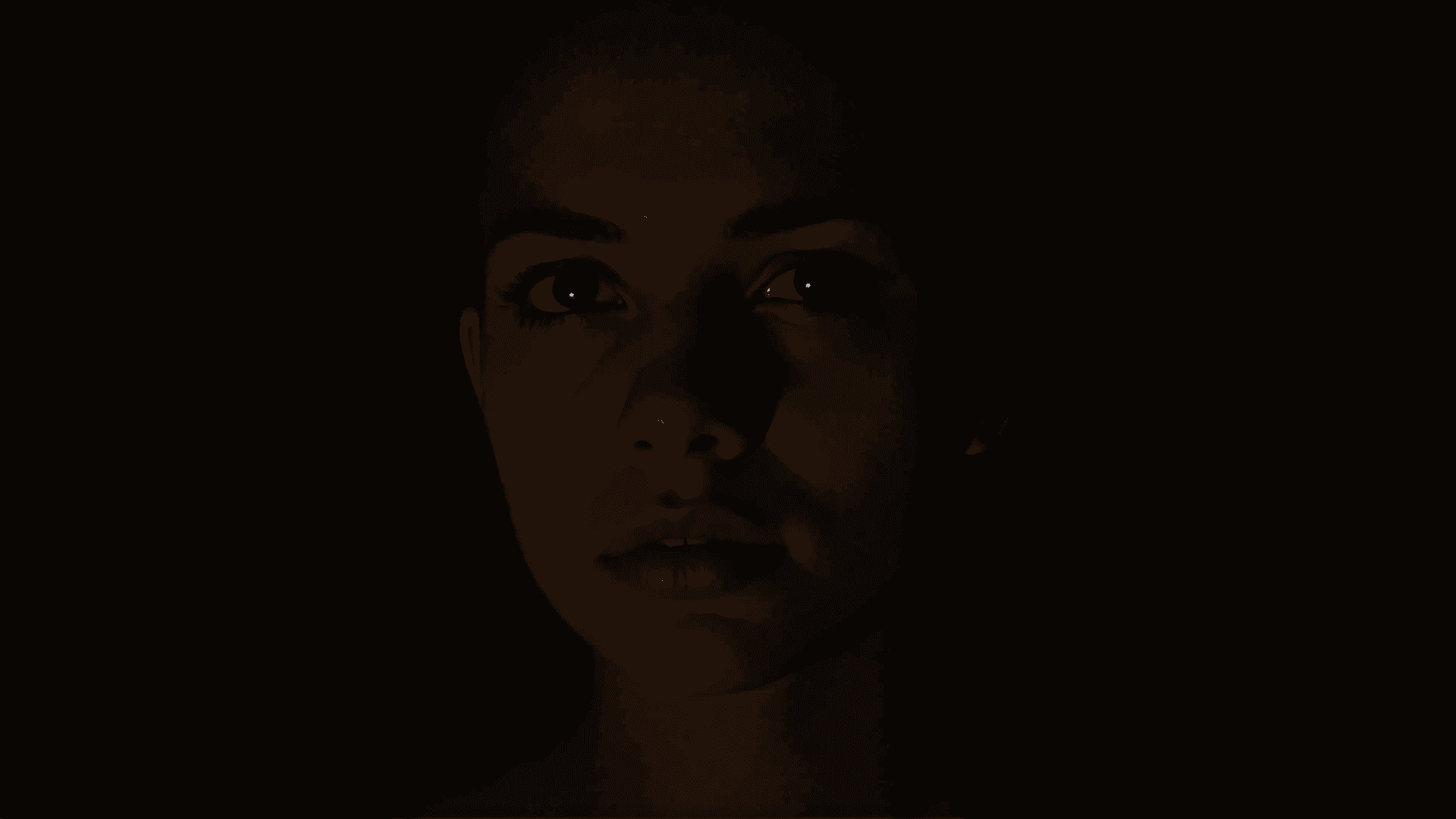Lighting is a fundamental element in photography that can significantly impact the mood, clarity, and overall quality of an image. Whether you are capturing a stunning landscape, a portrait, or an intricate still life, understanding how to manipulate light can elevate your photos from simple snapshots to dazzling works of art. Let's delve into why lighting is crucial and explore some techniques to master it.
The Role of Lighting in Photography
Lighting shapes the way we perceive and interpret images. It can highlight textures, emphasize certain areas, cast intriguing shadows, and set the emotional tone of a photograph. Proper lighting can bring depth and dimension to a subject, transforming a flat image into something with real presence and character. Conversely, poor lighting can diminish details, make subjects appear unflattering, and create unwanted glare or shadows.
Natural vs. Artificial Lighting
One of the first decisions a photographer needs to make is whether to use natural or artificial light. Natural light, found in abundance outdoors, is often soft and flattering, especially during the golden hour—the period after sunrise or before sunset when the light is warm and diffused. On the other hand, artificial lighting, such as studio lights or flash, offers consistency and control, allowing photographers to create a specific ambiance or highlight certain aspects of their subject regardless of the time of day or weather conditions.
Key Lighting Techniques
-
Soft Lighting: This technique involves diffusing light to reduce harsh shadows and create a gentle, even look. It can be achieved by using diffusers, shooting during overcast conditions, or placing light sources behind semi-transparent materials. Soft lighting is often used for portraits to create flattering images.
-
Hard Lighting: Characterized by sharp shadows and a high degree of contrast, hard lighting is ideal for adding drama to an image. It can accentuate textures and shapes, making it a popular choice for architectural and fashion photography.
-
Backlighting: This involves placing the light source behind the subject, which can create a silhouette effect or illuminate the edges of the subject for a halo effect. Backlighting is particularly effective in adding depth and interest to an image when used creatively.
-
Side Lighting: By positioning the light source to the side of the subject, this technique highlights texture and form, adding depth and dimension. It works well for portraits to sculpt the shape of a person's face or for capturing the complexities of a still-life composition.
-
Fill Lighting: To avoid overly dark shadows, fill lighting is used to complement the primary light source. It can subtly illuminate areas that need more exposure, ensuring a well-balanced image that retains detail in both shadows and highlights.
Experimenting with Light
A key aspect of mastering lighting in photography is experimentation. Trying different angles, distances, and types of light sources can lead to spectacular results. Many photographers carry small reflectors or use everyday objects to manipulate light and create effects that bring their vision to life.
Conclusion
In photography, light is not just an element within an image; it is, in itself, a tool that can enhance storytelling and convey emotions. By understanding and mastering various lighting techniques, photographers can transform their captures into compelling imagery that captures the viewer's imagination. Embrace the challenge of working with lighting, and you'll discover a new world of creative possibilities in your photography journey.
